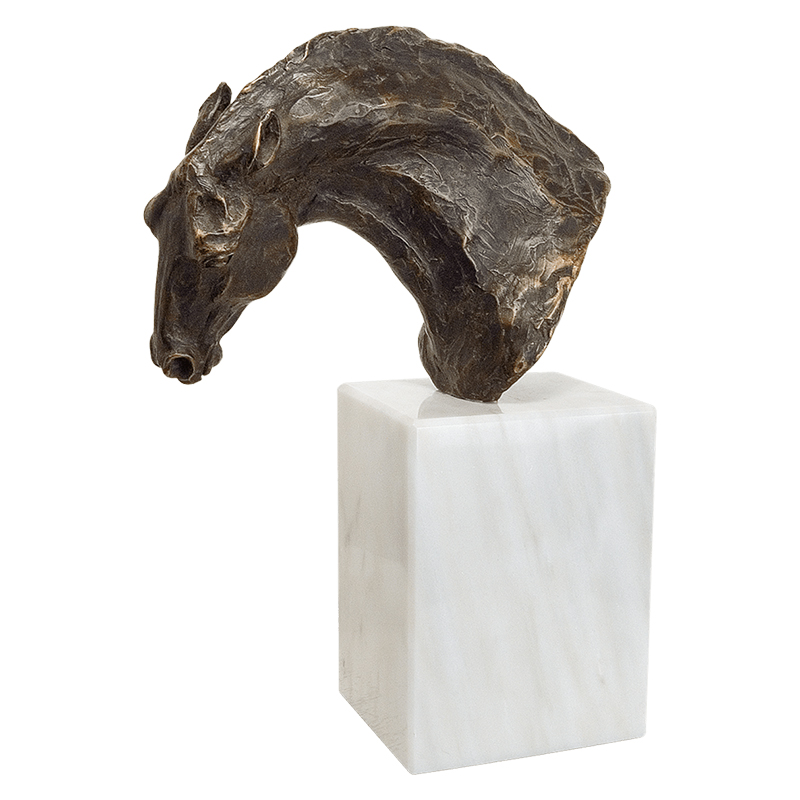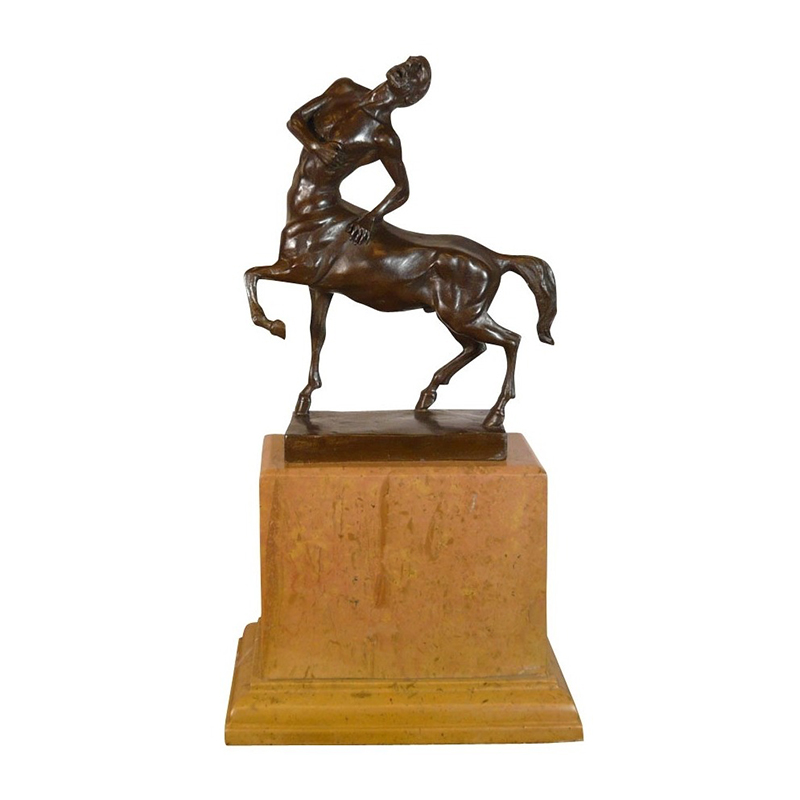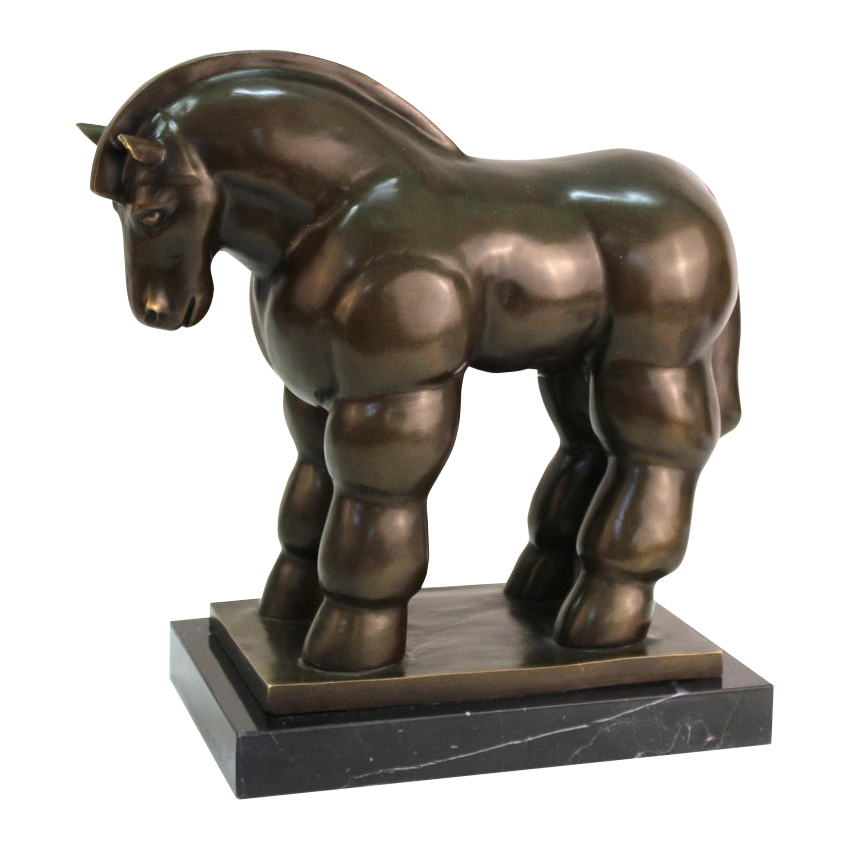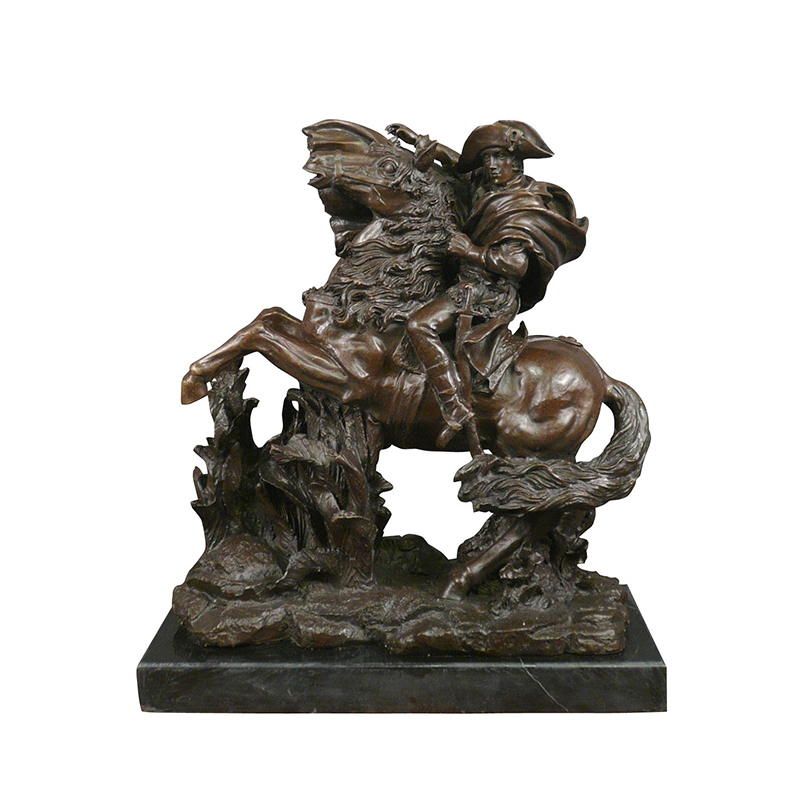Does a horse statue's pose give clues to how its rider died?
Does a horse statue's pose give clues to how its rider died? Whether a horse's sculptural posture can reveal anything about the manner of its rider's death is a fascinating question. Although this statement often appears in legends and literary works, there is no direct scientific evidence to prove this. However, one can infer some possible clues from the gestures and emotional expressions of the sculptures, especially in ancient culture and art.
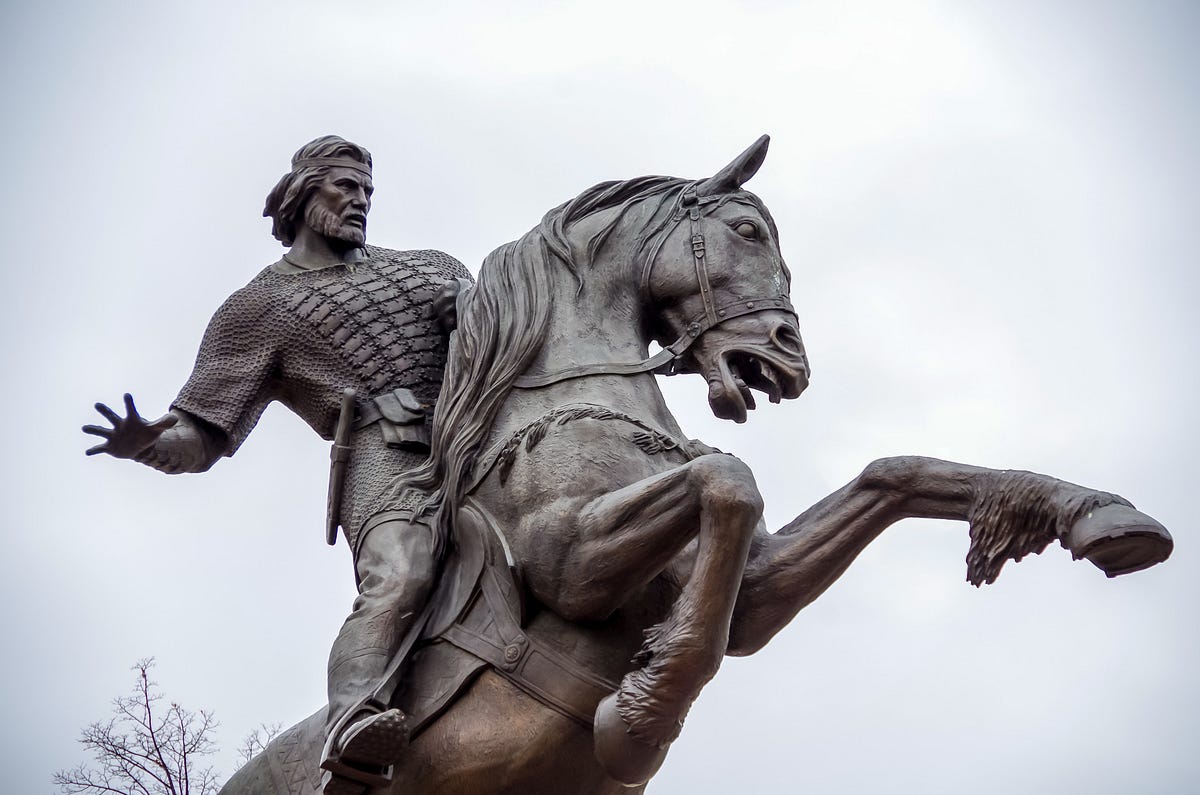
First, understanding the historical and cultural context behind the sculpture is crucial to understanding possible clues. In ancient cultures, horses were often seen as symbols of strength, glory and war. Therefore, the horse's sculptural posture may reflect the values of society and the atmosphere of war at the time. For example, if the horse sculpture presents a fighting posture, it may imply that the rider died in battle; if the horse sculpture presents a peaceful posture, it may imply that the rider died in peacetime.
Secondly, the sculpture's expressive technique and the artist's intention may also reveal some clues. The artist expresses emotion and intention through the detail, expression, and movement of the sculpture. If the horse sculpture shows a sad, angry, or struggling expression, it may mean that the rider has experienced pain and difficulty; while if the horse sculpture shows a calm, graceful, or determined expression, it may indicate that the rider is in a peaceful or glorious state Died next.
In addition, the historical background and legend of the sculpture may also affect people's understanding of the meaning of the sculpture. In some literary works and legends, the posture of the horse is endowed with mysterious and sacred symbolic meanings. For example, some legends believe that if a horse sculpture has both legs off the ground, the rider may have died fighting heroically on the battlefield; if a horse sculpture has only one leg off the ground, the rider may have died in an accident.
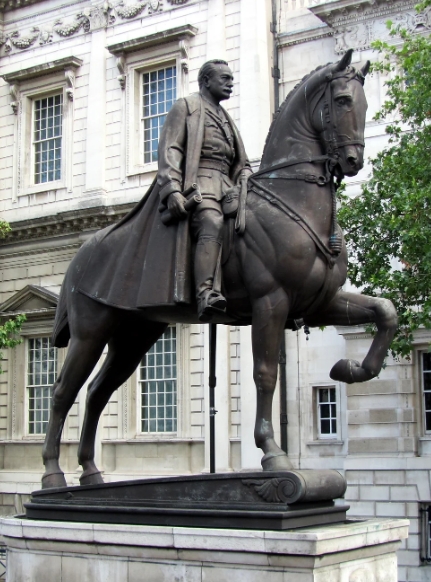
Does a horse statue's pose give clues to how its rider died? Overall, the horse's sculptural posture may provide some clues as to how its rider died, but it's not a firm scientific rule. One needs to consider the historical, cultural and artistic context of the sculpture, as well as the artist's intention and representation, to infer the meaning the sculpture may imply. Although this statement may sometimes be aspirational, it still needs to be interpreted with caution and rational thinking.
